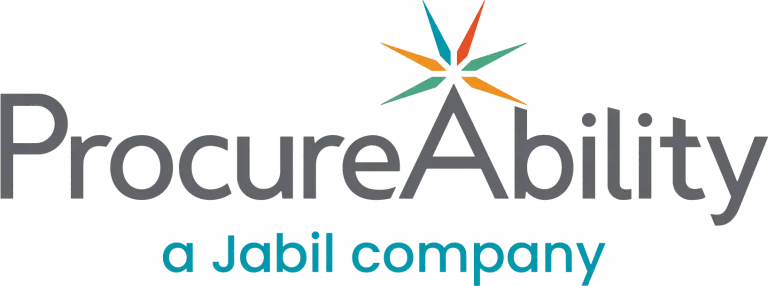From Progress to Performance: Advancing Your Procurement Maturity

The leaders who will stand out are those who benchmark strategically, align priorities with the CEO agenda, and measure value in terms of innovation, resilience, and performance—not just savings.
In my latest article, I lay out a clear roadmap for CPOs ready to move procurement from process manager to enterprise value creator.
1. Benchmark your current state
Procurement maturity isn’t about process compliance – it’s about becoming a growth catalyst. Organizations can transform procurement into a strategic powerhouse by:
a. Operationally benchmark by using maturity models to expose gaps in strategic influence – not just efficiency.
-
- Ask yourself: where does procurement inform innovation or risk strategy?
b. Prioritize initiatives aligned with CEO goals:
-
- Tech: automate low-value tasks; deploy AI for predictive insights.
- Talent: equip teams with stakeholder alignment & data storytelling skills.
- Supplier ecosystems: partner for ESG, resilience & co-innovation.
c. Track, and benchmark strategic KPIs to measure what matters:
-
- % Spend driving competitive advantage
- Supplier-led innovation ROI
- Stakeholder trust scores
- Procurement Cost (budget) as a % of total spend
- Training hours per person
- Managed spend: total % and by category manager, % competitively bid, maverick/compliant
2. Set your goals and priorities
Where does Procurement want to go? Is the goal to be best in class across all industries? Best in industry? Slightly above average in industry? What resources and support do you have to get there? Regardless of your organization’s level of ambition, establish clear, measurable goals that will ultimately elevate procurement’s strategic contribution to the whole enterprise. Prioritize initiatives delivering the highest strategic impact – whether that is deepening supplier collaboration for innovation, harnessing data analytics for predictive insights, or embedding procurement earlier in critical business cycles like product development. Align these goals directly with overarching executive priorities: driving EBITDA growth, enhancing resilience, or advancing sustainability. Take action, and measure progress through outcomes like stakeholder trust, risk mitigation effectiveness, and value beyond cost savings. This disciplined approach transforms procurement into a strategic imperative.
3. Develop your action plan
Execution discipline turns goals into results. Look for the biggest gaps, and aggregate similar gaps into logical initiatives. Build a value-driven roadmap with clear ownership, phased milestones and dedicated resources – prioritizing quick wins that build momentum while advancing long-term transformation. Assign accountability rigorously (RACI frameworks help), and secure cross-functional commitment early. Crucially, design for agility: embed feedback loops, track KPIs weekly, and adapt to market shifts or stakeholder insights. This isn’t about rigid Gantt charts; it’s about aligning your team’s energy to strategic priorities – whether digitizing low-value tasks to free up capacity or integrating procurement into regular business reviews. Measure progress through tangible value unlocked, not just activities completed.
4. Implement and monitor your plan
Execution is where strategy becomes value. Use a portfolio-effect strategy to diversify risk and impact to the business. Deliver quick wins to build support. Track those KPIs – not just savings, but stakeholder trust, supplier innovation velocity, and risk exposure – to gauge real impact. Pressure-test progress weekly with cross-functional stakeholders; their feedback uncovers blind spots faster than any report. When challenges arise (and they will), pivot swiftly using data, not intuition. Embed your procurement team in operational reviews to contextualize KPIs within business outcomes – like how contract compliance stabilizes production or ESG alignment protects brand value. This cadence turns insights into action: to recalibrate resources, refine supplier partnerships, and escalate systemic risks before they escalate.
5. Review and improve your plan
True transformation demands relentless refinement. Quarterly, pressure-test your progress against business outcomes – not just procurement KPIs. Celebrate wins that prove procurement’s strategic worth (e.g., supplier-driven innovation, risks averted), but dissect shortfalls rigorously: was it resource gaps, market volatility or misalignment? Turn these insights into fuel. Assess new opportunities against the roadmap, will they enhance or distract? Recalibrate goals quarterly using stakeholder feedback and leading indicators – doubling down on what accelerates EBITDA, resilience, or sustainability impact. Embed this discipline into your operating rhythm: procurement’s maturity journey never “ends”; it evolves with the business. Success is when procurement becomes synonymous with value creation, not just compliance.
Author:




